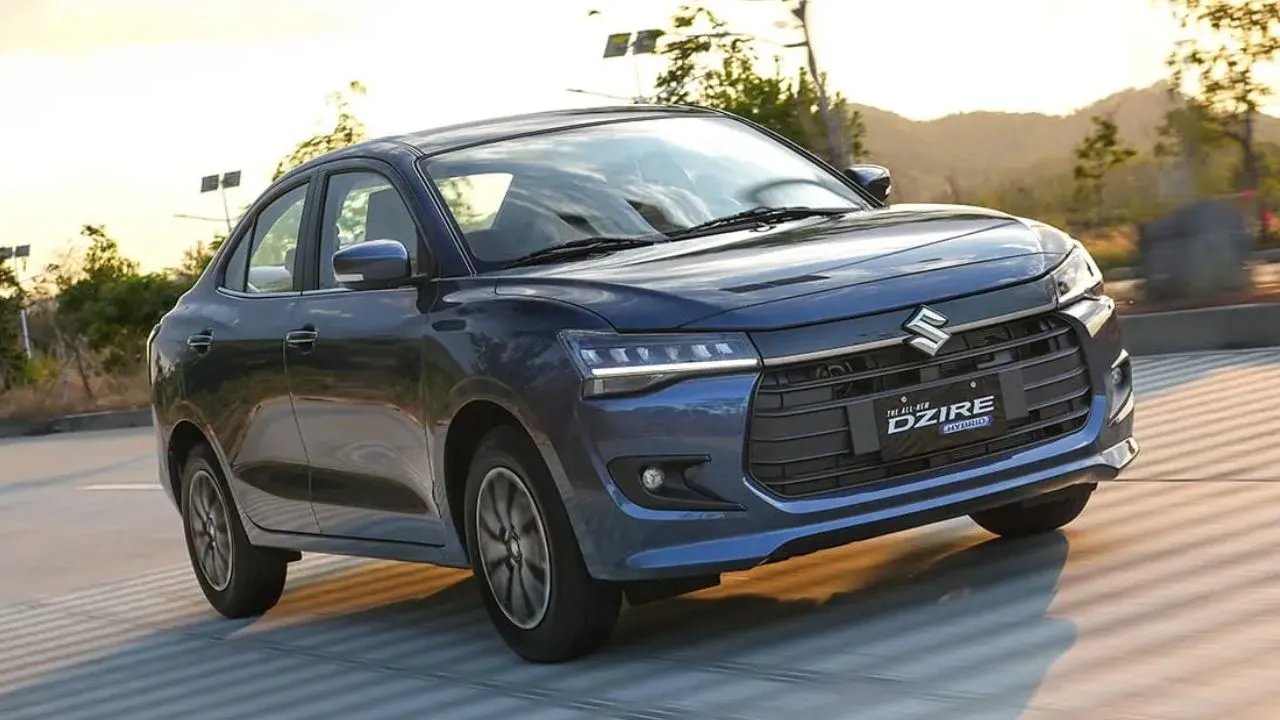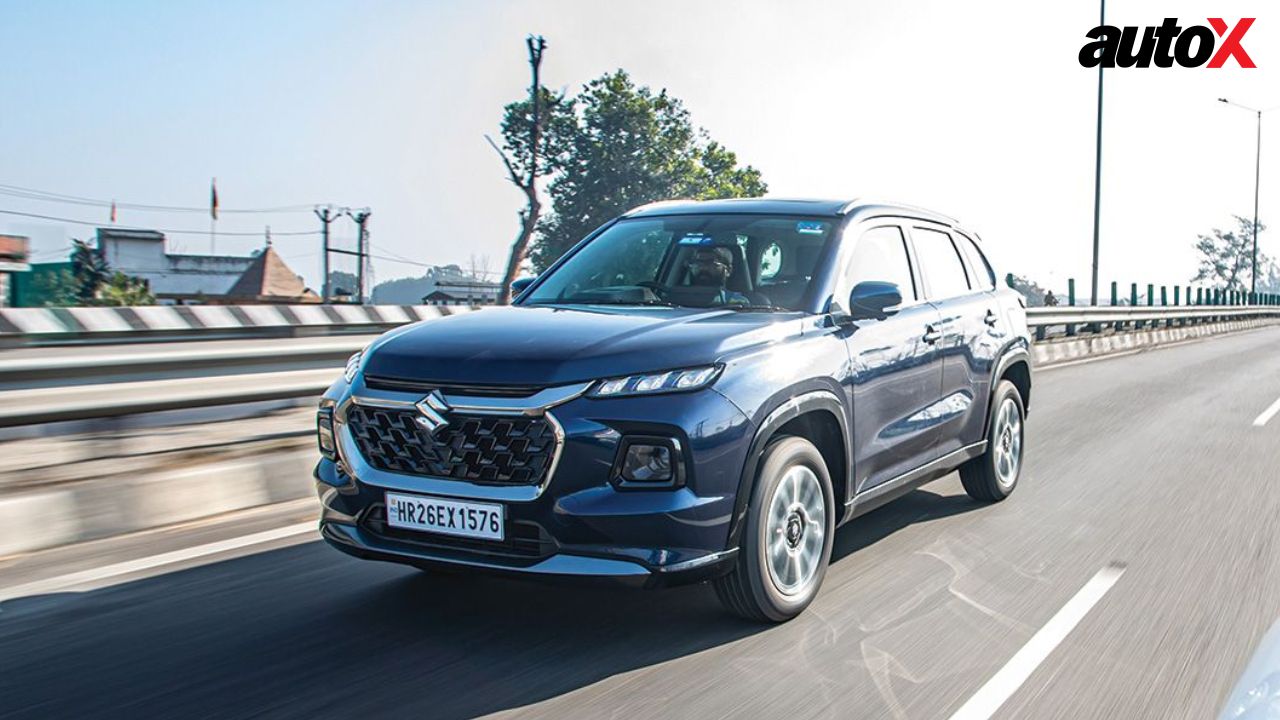Maruti Suzuki Ciaz Review, First Drive
With a refreshed and quite an immaculate design, the new Maruti Ciaz has undergone a mid-life makeover to bring it closer to the competition. The Ciaz also debuts Maruti's new 1.5-litre petrol heart with mild-hybrid technology. Here's our first drive impressions.

Success can be a rather unforgiving task master, and who knows this better than Maruti-Suzuki. Being the most successful carmaker in the country comes with its own set of expectations, and things get even more complicated when you manage to crack a segment which in the past had proved challenging. And so, with the facelifted version of the Ciaz, it’s a double-edged sword for Maruti-Suzuki. Not only are there immense expectations from the car due to its previous success, but the competition – mainly the Honda City and the Hyundai Verna – has also stepped up its game and made things that much more challenging.
The new Ciaz then, certainly comes as a breath of fresh air when it comes to its refreshed design. Although the changes are not very extensive, but the new front-end design – especially the new grille, chrome elements and the new LED headlights – is rather sleek and works well for the overall design of the car. The new dual-tone 16-inch alloys are also well styled and with wide 195-section tyres, lend the car quite a balanced and muscular stance. The rear taillights have also been upgraded to LED units and look pretty good, although to be honest, I’ve never been a fan of the plastic inserts into the edges of the rear bumper – I just think they look too fussy for no significant design benefit – and in this version, the chrome added to them does not make them any better, to my eyes at least.
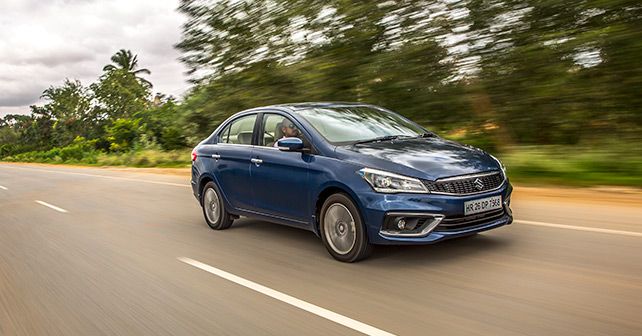
The interior gets a small upgrade too, with the basics remaining the same. The dual-tone overall layout is continued in the Ciaz, but the earlier dark wood gets updated by a new lighter coloured pattern which Maruti refers to as a birch blonde finish. The driver’s console also gets a new 4.2-inch TFT colour screen which now displays a host of information related to the efficiency of the car, the working of the Hybrid powerplant and even the level of efforts used in the acceleration and braking while driving. But, one of the most important attractions of the Ciaz has always been its front and rear interior space, and that continues unrevised, making it one of the most spacious cars in its segment. Also, the safety equipment list on the revised Ciaz is quite comprehensive – designed to meet the ever-stringent standards finally being applied in our country – and so the Ciaz features dual airbags, ABS and ISOFIX seat mounts as standard on all variants. And, the automatic versions of the car also gets ESP as standard fit.

However, the biggest change to the Ciaz is, of course, the new K15 1.5-litre smart hybrid petrol engine. Paired with not one, but two batteries – one traditional lead-acid and one lithium-ion unit – the hybrid system is used in three ways in the Ciaz. The brake energy regeneration system is used to recharge the lithium-ion battery, while the battery provides torque assist to the front wheels when needed. The main reason for this application for the Hybrid system in this case though is the added fuel efficiency, where Maruti claims that the new petrol versions of the Ciaz – all fitted with the lithium-ion pack – now deliver a claimed 21.56km/l in the manual petrol variants. That’s a claim that we’ll come to test later in a more comprehensive review, but our first impressions of the K15 engine concentrated on how refined it was. The NVH levels were seriously low, the engine revs quite sweetly and the start-stop system works seamlessly.
Of course, the five-speed manual of the Ciaz remains a pretty good gearbox, but the four-speed automatic turned out to be a bit of a mixed bag. It works quite well for being just a four-speed – important to mention when the competition has moved to six-speed and CVT’s – but mostly in urban conditions. Take it out on the highway, and under high speeds, the gearbox struggles with the power delivery and the engine feels quite stretched. On the other hand, one exemplary feature of the Ciaz is its ride quality which is simply outstanding. No matter the road surface, the car handles varied surfaces very effectively and feels supremely comfortable for the occupants. The good amount of interior space and quite NVH of the petrol engine also helps in this respect.
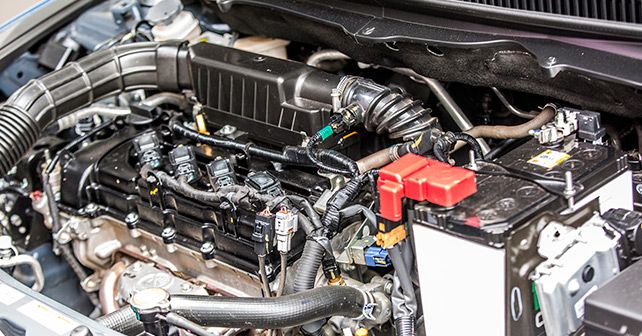
If you look at it till this point of the review, the Ciaz seems to be quite the package. It’s styled quite well, has great interior room, excellent NVH and the hybrid engine works well. Add the aggressive pricing to this fold – the top variants of the Ciaz are under the Rs. 11 Lakh (ex-showroom) mark – and it seems like an unbeatable package. But, there are a few flies in the ointment before we can declare that and they certainly need to be mentioned.
First of all, and this is a pet peeve of an old curmudgeon like me, I’m not a fan of the touchscreen multimedia system. Sure, it offers most of the latest toys including satellite navigation, Apple CarPlay and Android Auto, but simply stated, as long as there is direct sunlight around the car, the visibility of the screen is quite poor and renders it quite difficult to use. Better – and by better I think recessed or at an angled – placement of the screen would be a very welcome move to improve its functionality. Secondly, and I know this has nothing to do with the manufacturer, but the Ciaz is now equipped with a constant beeping alarm every time you cross the 120km/h mark, which can be very annoying. But, and this is an advance warning for you all, these are new safety regulations by the government, so I suppose we better start getting used to them happening in all new cars. And thirdly, I think for a car in the Ciaz’s segment, the 1.3-litre diesel engine offered is now a bit long in the tooth. It certainly doesn’t match up to the competition when it comes to refinement or power and has some turbo lag too, so the new 1.5-litre diesel unit can’t come soon enough. Of course, this also means that as of now there are no diesel automatic options in the Ciaz, which I think is going to put off quite a few prospective customers.
But, yeah, there is a trump (pun not intended) card that Maruti Suzuki has up its sleeve with the Ciaz, and that is the price tag. At a price tag of under 11 lakh, the Ciaz offers a value combo that’s hard to match. Sure, it’s missing a few features like a sunroof, or a better multimedia interface and other bits, but it has the essentials in place. Great ride quality, ample interior room and a refined petrol engine – make it quite an attractive package for a lot of customers looking for a mid-sized sedan. And, I think that’s going to be the card that the Japanese brand is going to play for its latest product – a value offering that ticks most boxes that the majority of Indian customers look for. Sure, it’s not a driver’s car, but as a daily A-to-B tool, the Ciaz makes a lot of sense. And with this, Maruti-Suzuki has once again stirred up the hornet’s nest in a fiercely hard-fought segment.

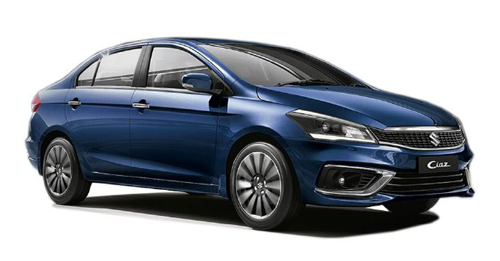
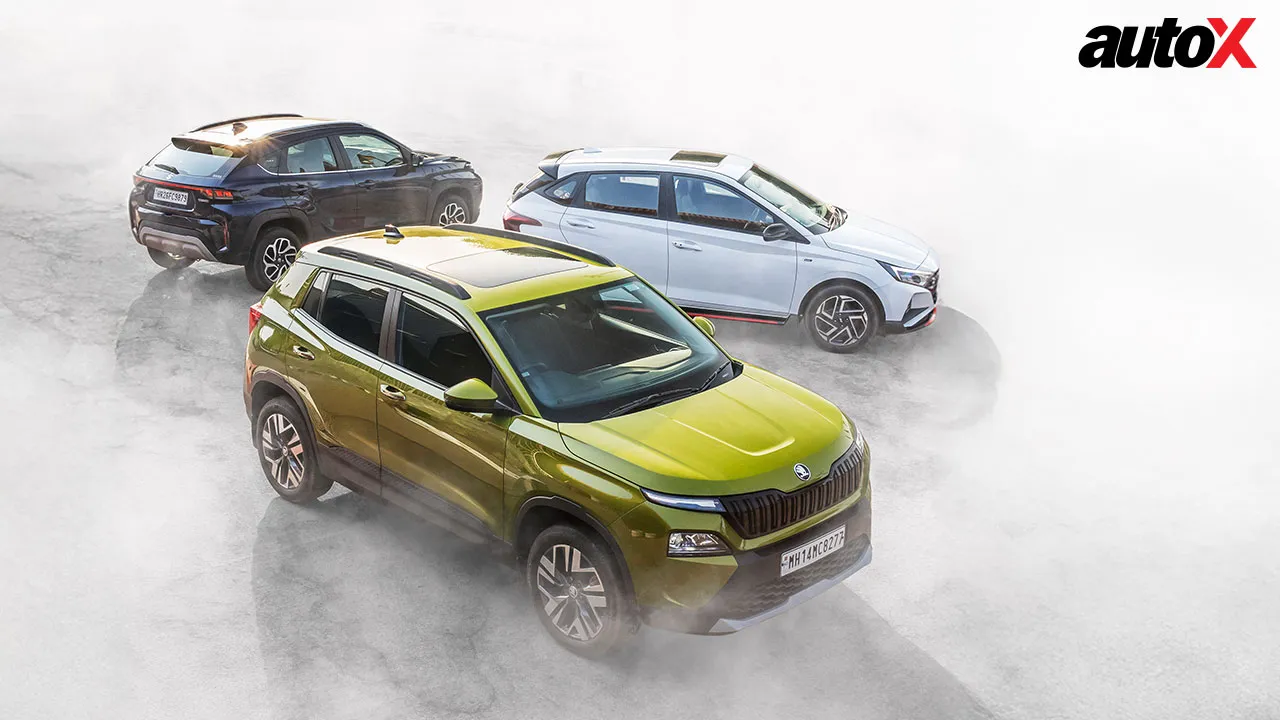


.webp)
